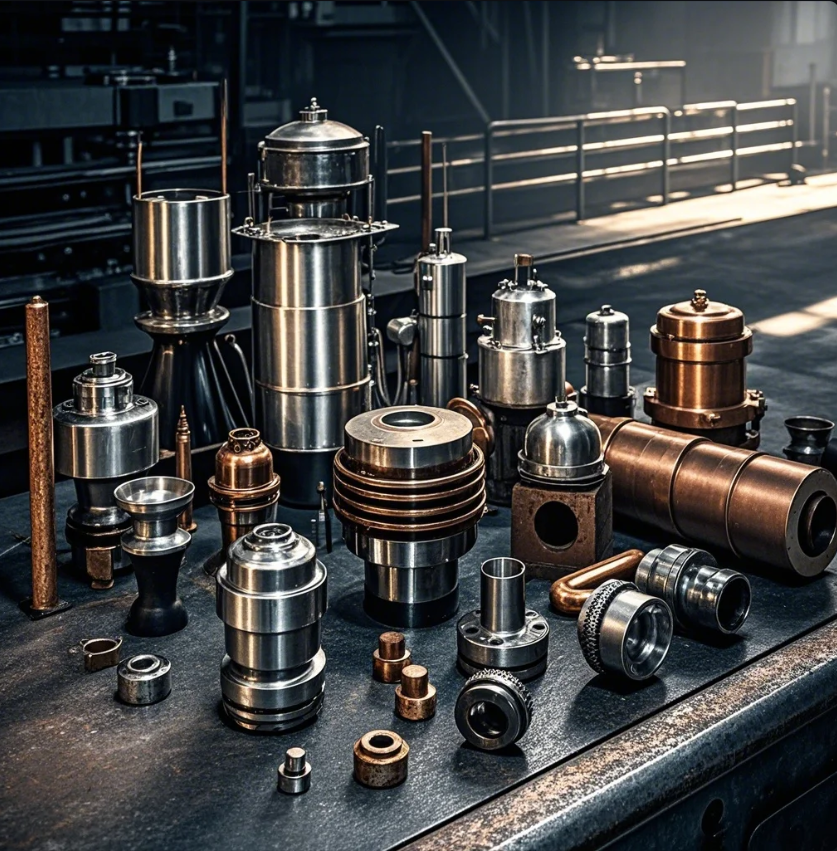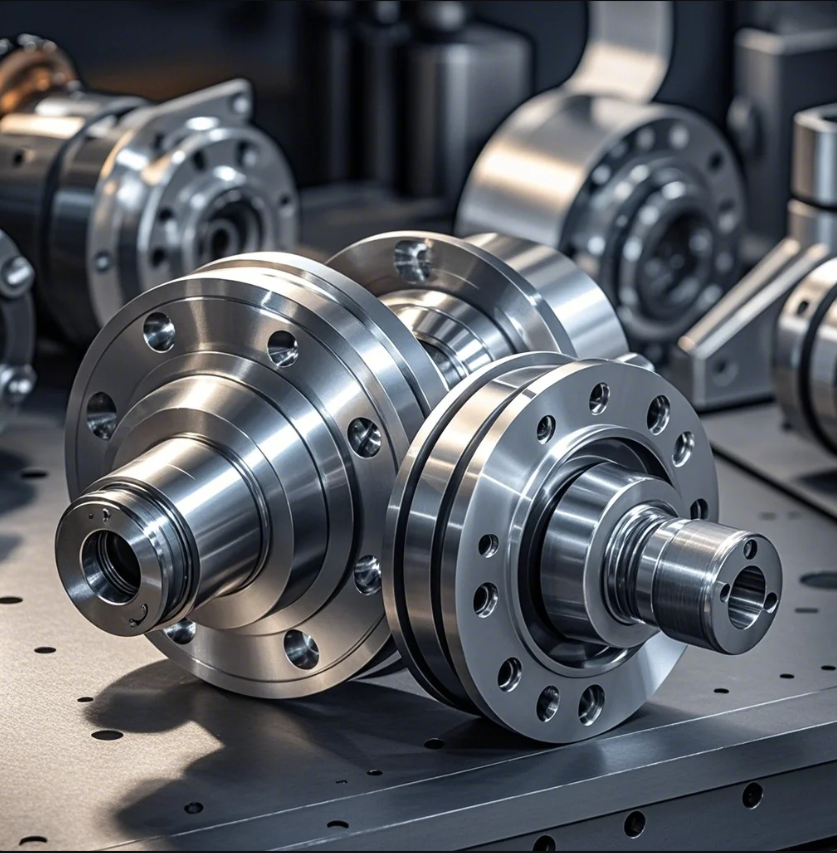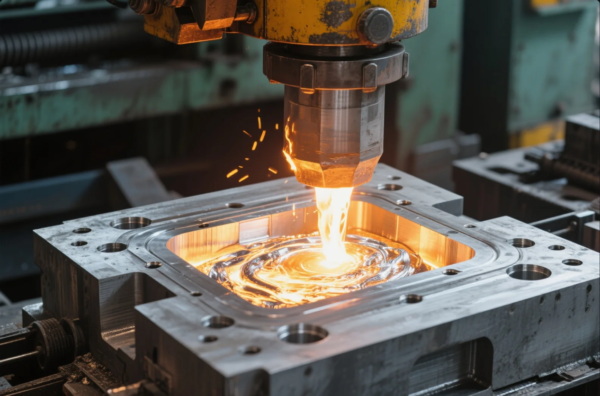What are the sixteen metals?

The term "sixteen metals" may sound specific, but in the world of metallurgy, classifications vary. What are these 16 metals, and why are they important for your business or industrial needs?
Snippet paragraph:
Understanding the sixteen metals and their applications is crucial in selecting the right material for your production. Learn more about the types of metals and how they are used in various industries.
Transition paragraph:
Keep reading to uncover the sixteen metals, their uses, and how these materials are integral to industries worldwide.
What are the 16 metals?

The "sixteen metals" typically refer to a subset of metals in the periodic table, commonly grouped based on certain properties such as strength, durability, and common applications. This set may vary slightly depending on the classification system used, but commonly recognized metals include those that are essential in manufacturing, construction, and electronics.
A Breakdown of Common 16 Metals
These metals include those from different categories of the periodic table, such as transition metals and alkali metals. Some common metals in this group include:
- Iron (Fe): Strong and widely used in construction and machinery.
- Copper (Cu): Excellent electrical conductor, commonly used in wiring.
- Aluminum (Al): Lightweight and corrosion-resistant, often used in aerospace and packaging.
- Zinc (Zn): Often used for galvanization to prevent rust.
- Nickel (Ni): Corrosion-resistant, used in alloys like stainless steel.
A Typical List of 16 Metals
| Metal | Classification | Common Uses |
|---|---|---|
| Iron | Transition Metal | Construction, machinery |
| Copper | Transition Metal | Electrical wiring |
| Aluminum | Post-transition Metal | Aerospace, packaging |
| Zinc | Transition Metal | Galvanization, batteries |
| Nickel | Transition Metal | Stainless steel, alloys |
| Gold | Noble Metal | Jewelry, electronics |
| Silver | Noble Metal | Jewelry, electronics |
| Platinum | Noble Metal | Catalysts, jewelry |
| Lead | Heavy Metal | Batteries, radiation shielding |
| Tin | Post-transition Metal | Soldering, coatings |
| Titanium | Transition Metal | Aerospace, medical implants |
| Magnesium | Alkaline Earth Metal | Alloys, automotive parts |
| Lithium | Alkali Metal | Rechargeable batteries |
| Potassium | Alkali Metal | Fertilizers, chemicals |
| Calcium | Alkaline Earth Metal | Cement, steel production |
| Manganese | Transition Metal | Steel production, batteries |
These 16 metals are important across various industries due to their unique properties. They have diverse uses in everything from heavy machinery to electronics, and even food production.
What are 20 examples of metals?

When thinking about metals, it’s important to note that there are far more than just 16 examples. In fact, the periodic table contains many metals with distinct characteristics. Here are 20 notable metals and their most common applications:
Examples of 20 Important Metals
| Metal | Uses | Properties |
|---|---|---|
| Aluminum | Aerospace, packaging, construction | Lightweight, corrosion-resistant |
| Iron | Construction, machinery, automotive | Strong, abundant |
| Copper | Electrical wiring, electronics | Excellent conductivity |
| Gold | Jewelry, electronics | Malleable, corrosion-resistant |
| Silver | Jewelry, coins, electrical contacts | High conductivity, ductile |
| Zinc | Galvanizing, batteries | Corrosion-resistant |
| Nickel | Stainless steel, alloys | Resistant to corrosion |
| Lead | Batteries, shielding, construction | Dense, toxic |
| Tin | Soldering, food packaging | Malleable, corrosion-resistant |
| Platinum | Catalysts, jewelry, industrial uses | High melting point, resistant to corrosion |
| Titanium | Aerospace, medical implants | Strong, lightweight |
| Magnesium | Alloys, automotive, aerospace | Lightweight, corrosion-resistant |
| Manganese | Steel production, batteries | Hard, brittle |
| Calcium | Cement production, steel refining | Reactive with water |
| Lithium | Rechargeable batteries, alloys | Lightweight, reactive |
| Potassium | Fertilizers, explosives, chemicals | Soft, highly reactive |
| Chromium | Stainless steel, alloys, coatings | Hard, corrosion-resistant |
| Vanadium | Steel production, alloys | Strong, tough |
| Cobalt | Superalloys, magnets | Hard, corrosion-resistant |
These metals are used in various industries ranging from electronics to heavy manufacturing. The diversity in their properties makes them indispensable in many fields.
What are the 94 types of metals?

While the exact number of metals can vary, some classifications group metals into distinct categories, such as alkali metals, transition metals, and noble metals. The 94 types of metals are typically considered when referencing the full list of metals in the periodic table, including both naturally occurring and synthetic ones.
Categories of Metals
- Alkali Metals: Lithium (Li), Sodium (Na), Potassium (K)
- Alkaline Earth Metals: Calcium (Ca), Magnesium (Mg), Barium (Ba)
- Transition Metals: Iron (Fe), Copper (Cu), Nickel (Ni)
- Lanthanides and Actinides: Rare earth elements, Uranium (U), Thorium (Th)
- Noble Metals: Gold (Au), Silver (Ag), Platinum (Pt)
A Sample List of 94 Metals
| Metal | Atomic Number | Common Uses |
|---|---|---|
| Lithium | 3 | Batteries, electronics |
| Sodium | 11 | Soap, glass, chemical production |
| Potassium | 19 | Fertilizers, chemicals |
| Iron | 26 | Construction, automotive |
| Copper | 29 | Electrical wiring, plumbing |
| Silver | 47 | Jewelry, electronics, currency |
| Gold | 79 | Jewelry, electronics, dental fillings |
| Platinum | 78 | Catalysts, jewelry |
| Uranium | 92 | Nuclear energy, research |
| Titanium | 22 | Aerospace, medical implants |
The total number of metals can vary depending on how they are classified. Some metals, such as beryllium and rhodium, are rare but still essential in certain high-performance applications.
What are the 17 metals?

When someone refers to "17 metals," they might be referring to a specific subset of metals often used in manufacturing or industrial applications. The "17 metals" may refer to metals that are particularly important in certain industries like steel production, electronics, or energy generation.
Key 17 Metals
Here’s a typical list of metals that are often grouped together based on their industrial importance:
| Metal | Common Uses | Classification |
|---|---|---|
| Iron | Construction, automotive | Transition Metal |
| Copper | Electrical wiring, plumbing | Transition Metal |
| Gold | Jewelry, electronics | Noble Metal |
| Silver | Jewelry, coins, electronics | Noble Metal |
| Nickel | Stainless steel, alloys | Transition Metal |
| Zinc | Galvanizing, batteries | Transition Metal |
| Aluminum | Aerospace, packaging | Post-transition Metal |
| Lead | Batteries, radiation shielding | Heavy Metal |
| Tin | Soldering, food packaging | Post-transition Metal |
| Platinum | Catalysts, jewelry | Noble Metal |
| Titanium | Aerospace, medical implants | Transition Metal |
| Magnesium | Alloys, automotive, aerospace | Alkaline Earth Metal |
| Manganese | Steel production, batteries | Transition Metal |
| Calcium | Cement production, steel refining | Alkaline Earth Metal |
| Lithium | Rechargeable batteries, alloys | Alkali Metal |
| Potassium | Fertilizers, explosives | Alkali Metal |
| Rhodium | Catalysts, automotive industry | Noble Metal |
These 17 metals have diverse uses in various industries, including aerospace, automotive, electronics, and even jewelry. Some metals, such as rhodium, are particularly valuable due to their rarity and specific industrial applications.
Conclusion
Metals are an essential part of our everyday life, with uses in construction, electronics, medicine, and more. Whether you need the strength of iron, the conductivity of copper, or the corrosion resistance of aluminum, these 16, 17, or 94 metals play a crucial role in various industries.
For high-quality industrial metal components, Prime offers a range of customizable solutions. With over 20 years of experience and ISO certifications, we guarantee reliable products and fast delivery. Contact us today for a free quote and expert consultation!







